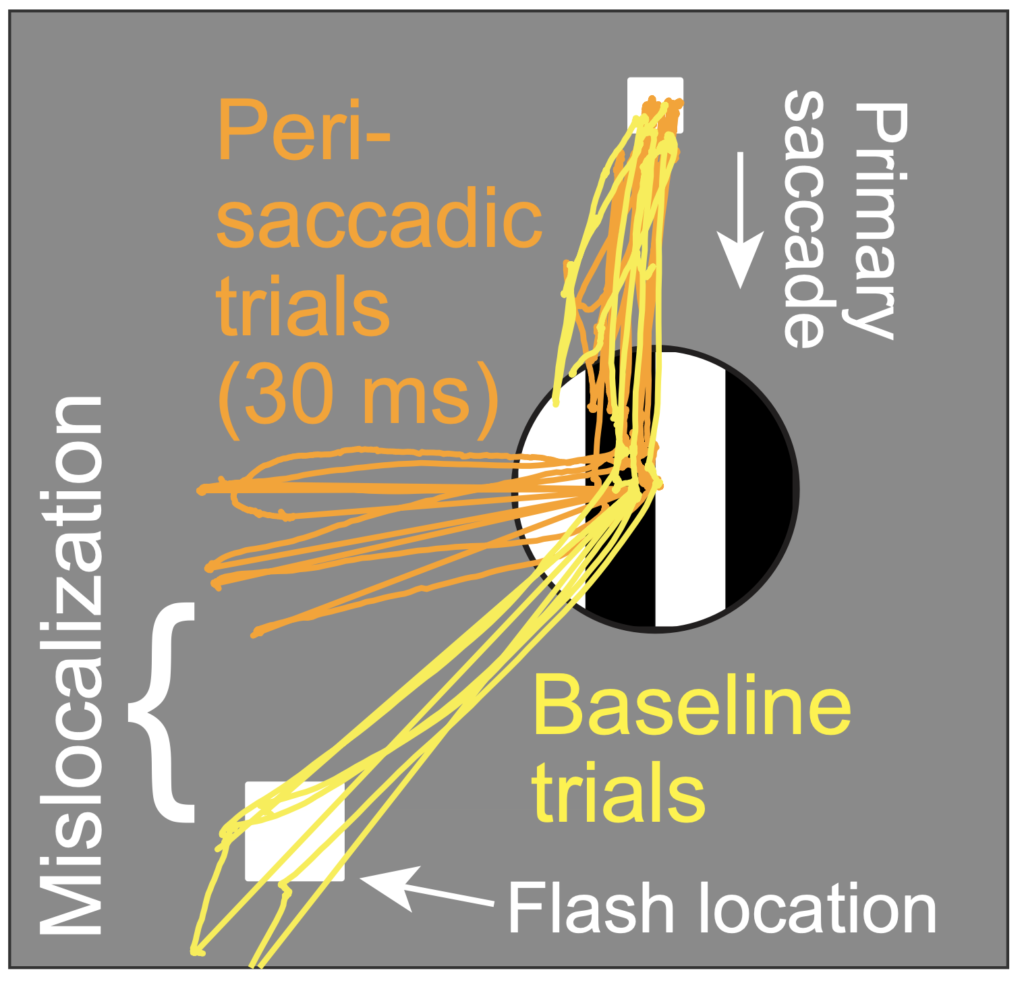Our lab is participating in this year’s Gordon Research Conference (GRC) on Eye Movements. This is the first time that this special conference takes place since 2019, so it feels even more special than it already is!
The conference brings together a group of experts on different aspects of eye movement research, from sensation to cognition to eye muscle properties and control. The conference, therefore, highlights the importance of eye movement research for understanding broader questions in systems neuroscience in general.
Our lab is presenting intriguing new results on how foveal neurons anticipate what the eye will look at immediately after a saccade. For example, if the eye is looking at a nice architectural marvel like in the picture below, and we later decide to shift our gaze to the cat, then foveal neurons in our brain (which are currently looking at the building, not the cat) receive a prediction about the cat’s appearance. Thus, these neurons can somehow anticipate eventually receiving direct visual information from the cat’s image immediately after the eye movement. This kind of pre-movement anticipation (by neurons not yet seeing an image directly) may help the visual system stitch together a unified and stable interpretation of our visual environment, even though eye movements constantly shift retinal images whenever they occur.


We are also presenting other work related to trans-saccadic perception at the same conference. In particular, we trained animal subjects to perceptually report brief flashes around the time of saccades. We found that they replicate our earlier human observations documented here. Thus, we are now in a perfect position to investigate neural mechanisms of this intriguing phenomenon.

Finally, our graduate students also participated in the Graduate Research Seminar, just preceding the main conference. This was a perfect opportunity to network with other junior scientists and build friendships that can last for the rest of their scientific careers.
